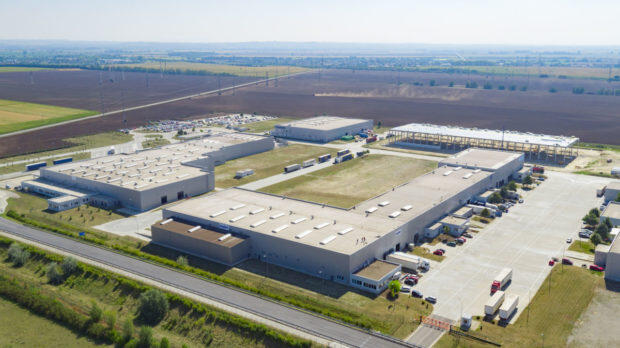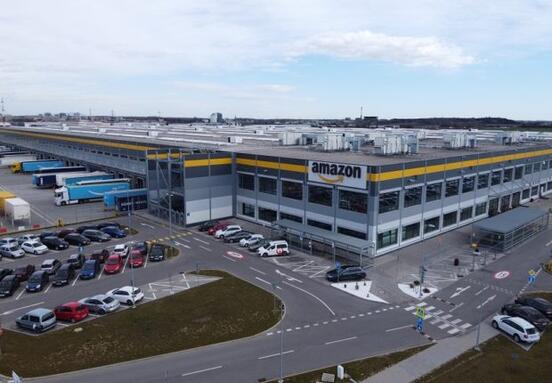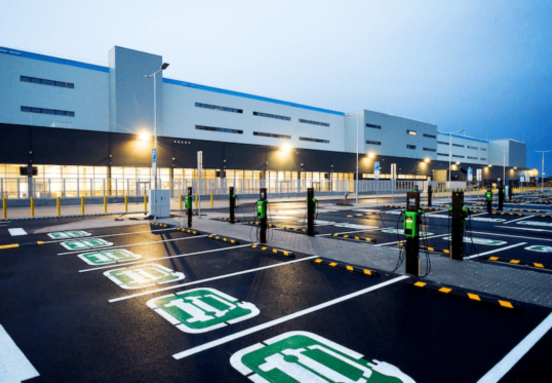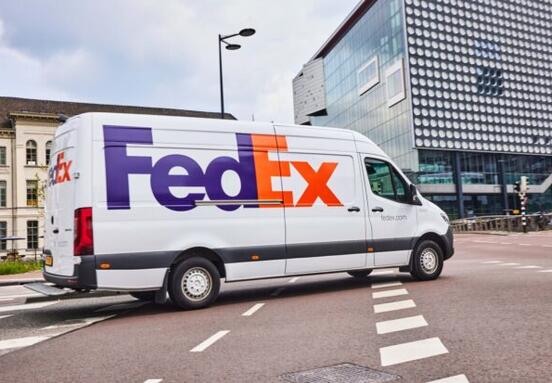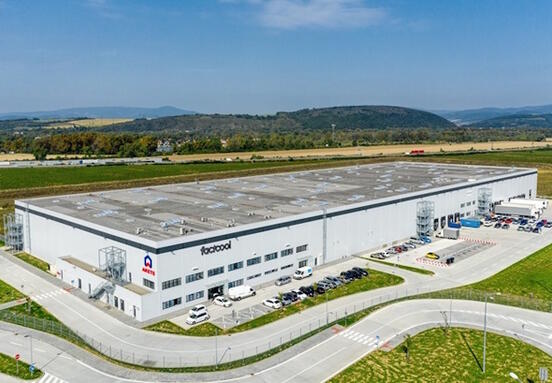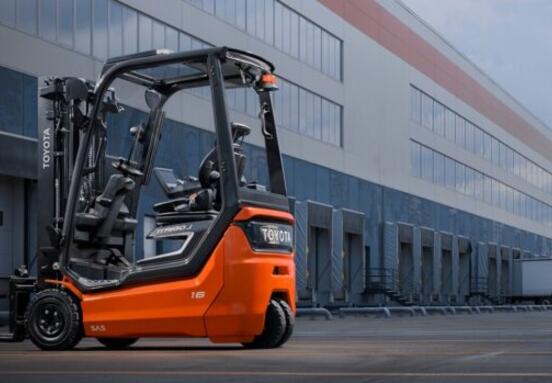All buildings in CTParks that can be certified, and were completed within 1st January 2020 will receive BREEAM certification "very good" or higher.
Energy efficient real estate
"Certifying the entire portfolio was a huge challenge - none of our competitors in the region could stand up to it. We are glad that the project was successful and showed that our properties are truly energy efficient and meet a number of criteria that have an impact on the environment. No other developer in Central and Eastern Europe has proven the quality of so many buildings inspected for design, construction, use and sustainability. Our goal is not for our new buildings to achieve high environmental standards; our goal is to meet them with our entire portfolio,” says Martin Vaidiš, who is responsible for sustainable building design at CTP.
BREEAM In-Use certification must be renewed every three years, which is a significant investment given the size of the CTP real estate portfolio. In total, the company plans to invest 1.75 million euros in building certification. Unlike most competitors, which certify buildings only during construction, CTP, as a developer who also operates buildings for a long time, wants to ensure their sustainability throughout the life cycle. Therefore, it opted for a more expensive In-Use system, where the evaluation also includes the management of facilities and tenants of buildings, without the cooperation of which it is not possible to obtain a certificate.
"Certification of all properties for a player with such an extensive portfolio as the portfolio owned and operated by CTP is unique in Europe," confirmed Lenka Matějíčková, leader of the Green Team at Arcadis, which certified most CTP properties. She notes that this trend will be followed by other companies.
Environmental Protection
"BRE is honored to work with CTP to certify their entire portfolio for BREEAM In-Use. Achieving a "very good" or "excellent" level on so many buildings is a testament to CTP's commitment to minimizing the environmental impact of their business," said Shamir Ghumra, Head of Construction Services.
"We approached construction ecologically from the very beginning and we adopted the green principles long before they became a trend - which gives us a huge advantage over the competition," said Martin Vaidiš. He is now convinced that funds invested in greener and, as a result, more expensive buildings pay dividends. Green buildings are more efficient for their owners in the long run. They consume fewer resources than energy and water. In addition, nowadays the vast majority of multinational tenants require high quality buildings.
Leader in industrial building certification
Most of the industrial buildings in the CTP portfolio achieved a “very good” rating in the BREEAM In-Use rating; some of them even level "excellent". This pushes the average CTP portfolio standard to a "very good" BREEAM level, which is an exceptional success even in a pan-European context. The rating of CTP buildings averages 60.13%, which is a great rating. "In the Czech Republic, CTP has obtained the highest number of certifications on the market and the company leads in terms of the number of certified industrial buildings measured by the BREEAM In-Use assessment worldwide," added Matějíčková.
What does a green building actually look like? Today, a layman imagines a sustainable building as a structure covered with greenery. However, if such a building were built from materials that are not environmentally friendly, the presence of greenery would not help much. In order to properly assess the quality of the environment, we must delve deeper into the evaluation of the technology used, certificates on the impact of materials on the environment, etc. For example, green roofs, which are very popular and also very visible, are not a suitable solution for industrial real estate.
"Covering the roof of an industrial building or warehouse with greenery would lead to a significant increase in the building's carbon footprint due to the need to strengthen load-bearing and roof structures," explained Martin Vaidiš. Today's green building is therefore primarily concerned with saving energy through a high-quality building envelope, efficient LED lighting and efficient ventilation using a heat recovery system.
The concept of energy islands
In the future, the use of energy in logistics warehouses will include the concept of (partial) energy islands, which can be created using photovoltaic roofing. Roofs offer plenty of space, which is usually not very useful, but is great for photovoltaic panels. In the near future, CTP plans to install rooftop photovoltaic power plants in its parks in order to generate more than 20 megawatts at their maximum. In the more distant future, it has an ambition of 250 MWp. Another basic feature of today's industrial buildings are intelligent control systems and a quality database of measured data.
The use of low-carbon materials and certified products that are environmentally friendly throughout their life cycle is also crucial. Vaidish says he sees the future in the use of wooden structures or recycled materials, among other things. Choosing the right approach to recycling the original materials is necessary, for example, if the old building stands on the original brownfield.
The issue of water protection also needs to be addressed in green industrial buildings. Water is saved, for example, by rinsing toilets with once-used purified gray water. Rainwater management also plays a role, either through retention tanks for further use (eg irrigation) or seepage. It is very important to keep rainwater at the point of precipitation and not to let it drain into the sewer or evaporate from the green roof.
Source:// Systé,y logistiky
